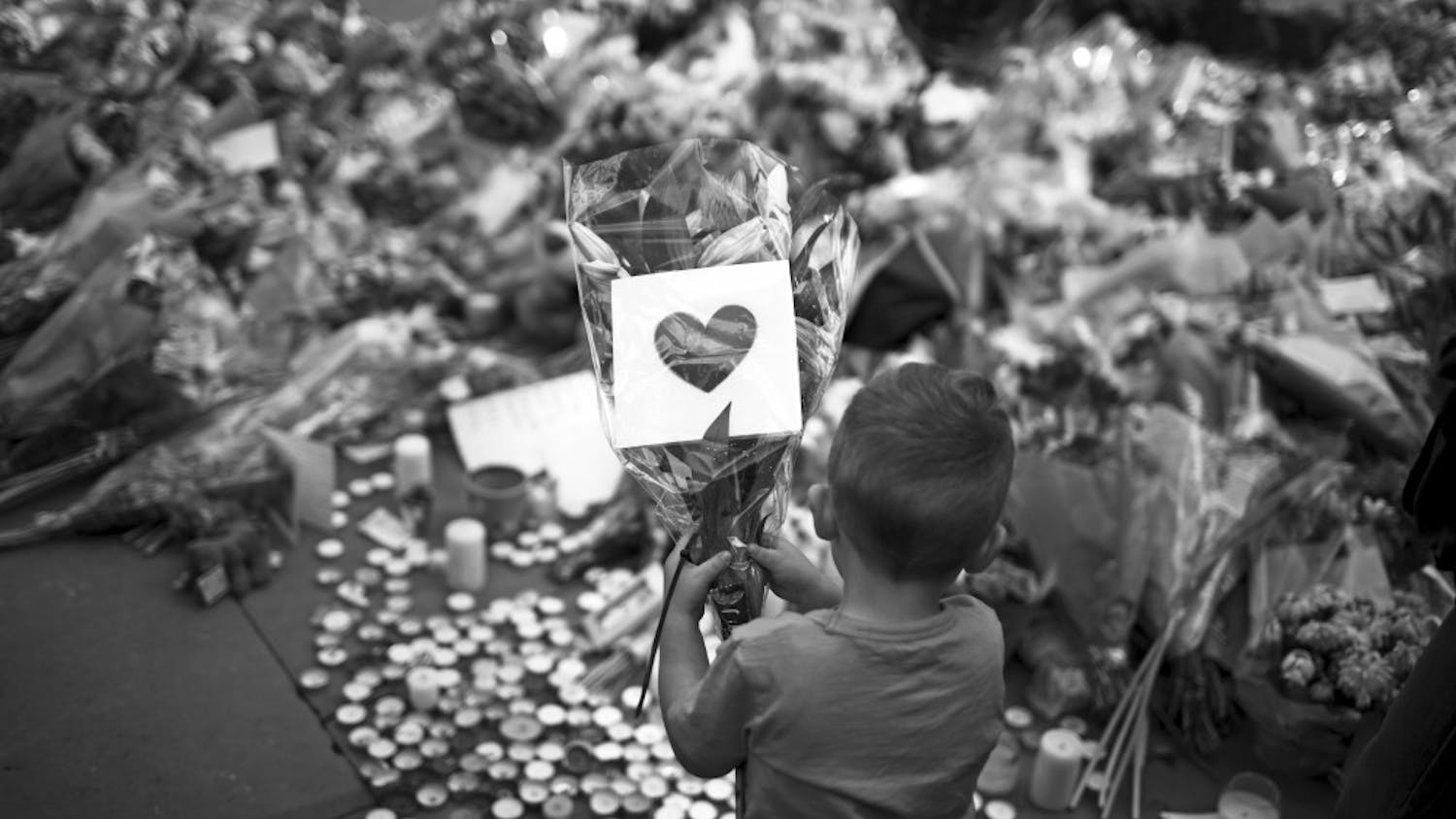The Brits have a lot to look forward this year — the Olympics starts off in London in July and a month before, the Queen’s Diamond Jubilee will be celebrated, commemorating her 60 year reign of promoting British culture.
The Silver Jubilee in ’77 brings back a lot of memories, as it happens to be synonymous with the start of the punk rock movement — a faction that even after 35 years proves to be a force that’s embedded in all aspects of pop culture that go beyond the facets of music.
The UK’s The Independent recently featured Simon Barker, aka SIX’s new book “Punk’s Dead,”—the photography book that features the cheap and gritty, yet beautiful, photos of the people and events that were part of the short, yet tumultuous, 14-month run of the that little old movement we call punk rock.
As blatantly honest as Barker’s book appears-punk rock is dead and it’s not coming back-you still can’t deny that its influence is permanent.
In addition to influencing bands and subcultures beyond London, the influence has spread into other boundaries of pop culture — fashion being probably the most surprising.
Punk rock has a strong threshold on fashion. From Marc Jacobs’ Stephen Sprouse-inspired collection for Louis Vuitton to Vivienne Westwood’s Red Label and eponymous brand that debuts its collections religiously at London and Paris Fashion Week respectively—there’s no denying that designers have, and will probably always be, fascinated by the anarchistic notion of disengaged youth.
High quality leather bags were being vandalized with graffiti, while materials such as chiffon and silk were being used alongside beat up leather and interwoven into construction that lacked symmetry—fashion itself was being used and abused and the fashion world was surprisingly doting on it. Youth is valued, after all, and who doesn’t harbor it better than the punk’s soul?
Before making its runway debut, Malcolm McLaren and Vivienne Westwood's clothing store SEX, on the now iconic 430 King’s Road, was probably the heart and soul of punk fashion during the late 70s. It was famous for garnering hordes of then-unknown punks, such as bassist Sid Vicious of the Sex Pistols, before acquiring their musical fame.
The two rejected the then-popular hippie inspired garbs by making clothing that invoked rebellion. The need for rebellion conceived the “Teddy Boy” look—an ensemble that became adopted as the rock and roll uniform of the decade. The mash-up of Edwardian conservatism of blazers and the bad-boy greaser look of skinny pants and leather was a paradox—a paradox that became the core of what punk was all about.
McLaren and Westwood are the godparents of bringing punk inspired design to high fashion and mainstream. Before androgynous models like Agyness Deyn were strutting their short locks and Doc Martens-esque boots down the runway, the two of them were busy at work making punk’s uniform.
Flash-forward into the present, it appears this year in fashion has revisited those punk looks. Call it coincidences or a fashion collective unconsciousness, but either way it seems everything came out in the year of the Jubilee.
This past Fall 2012 ready-to-wear Fashion Weeks featured some designers who harnessed punk elements into their designs.
In New York, Calvin Klein head designer for women’s ready-to-wear, Francisco Costa, created a collection that paid homage to the 1970s punk movement but with a minimal approach—long black coats and long sculpted dresses donned the runway with models whose hair were either slicked to the side or had blunt square bangs—hairstyles that epitomized punk locks.
And it was only natural to have “Dragon Tattoo” star Rooney Mara, who absorbed some of the punk influence from the character Lisbeth, sit front row as the models emulate what her new style does—which is dominate. Her recent punk inspired red carpet looks and blunt bangs have been capturing a lot of people’s attention in Hollywood.
In Milan, Donatella Versace’s collection, that continued on her late brother Gianni’s last supposed collection, featured leather, leather, leather and more leather that was inspired by a punk’s staple: the biker jacket.
Fashion designer and musician Keanan Duffty, whose own collections are greatly punk-inspired, started working on a long-anticipated documentary that will capture the late McLaren’s career in fashion with Westwood and his managerial work with bands like the Sex Pistols and the New York Dolls.
This year did seem doused with hint of punk here and there, both in subtle and obvious ways. But punk isn’t something that is here to stay for a season; it’s an influence that seems to run in and out of the years.
It appears many try to tell the story of punk, but why try and tell something that had an effect that was beyond the individuals who started it? Instead let’s just bask in its glory by enjoying the repercussions of it on pop culture.





